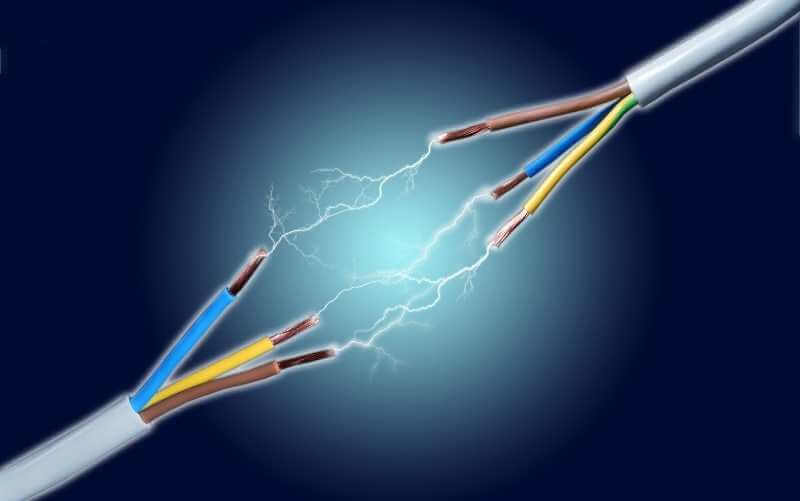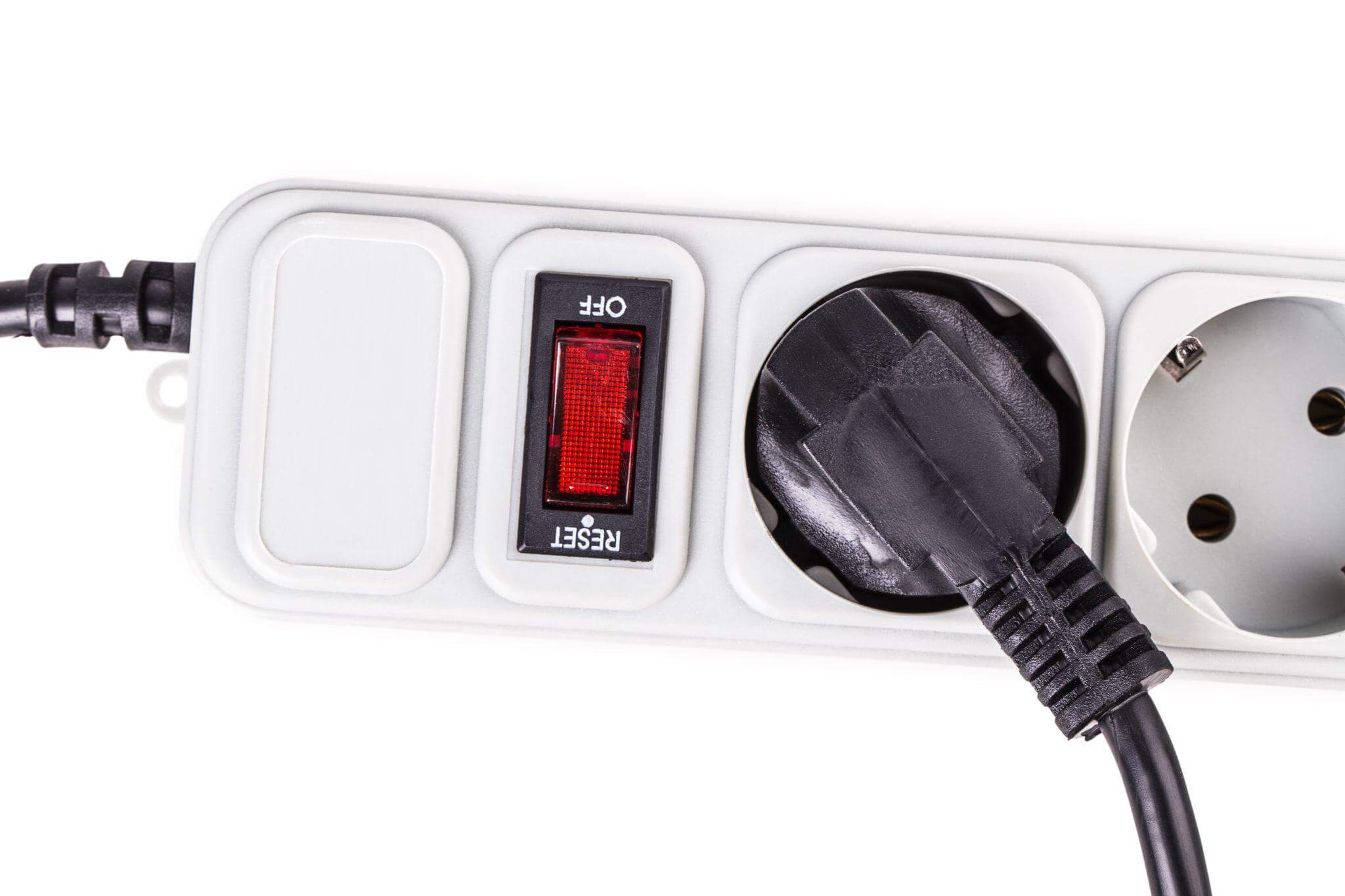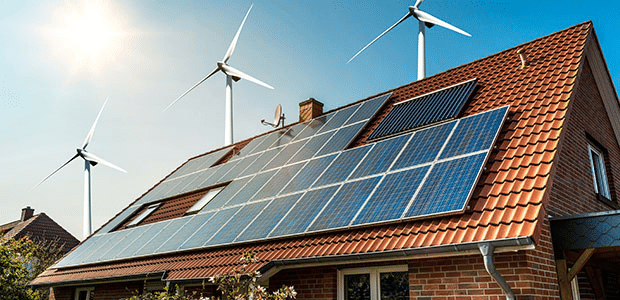A power surge, in layman’s terms, is akin to the sudden charge that a raging bull might unleash in an otherwise peaceful meadow. It’s that unexpected jolt of electricity temporarily inflaming your domestic power lines, throwing the peaceful life of your household appliances into chaos.
However, unlike a feisty bull, a power surge cannot be tamed with a lasso; it requires a sound understanding and strategically implemented precautions. Data published by the Australian Bureau of Statistics suggests that well over a million households in Australia had experienced some form of electrical damage due to power surges last year.
This statistic underscores the necessity of understanding what power surges are, knowing their causes, and learning the ways to mitigate them. This comprehensive guide aims to simplify the complexities of power surges, distinguish between power surges and power spikes, and discuss the repercussions of such occurrences. It will also delve into methods of safeguarding your home against potential power surges.
What Is a Power Surge?
A power surge, by technical definition, signifies a sudden spike in electrical power, which lingers for three nanoseconds or more. This sudden and unexpected energy spike can be likened to a rogue wave in the ocean that could capsize unwary boats navigating the electrical ocean within your home – these being your home appliances and devices.
Power surges are not to be confused with other electrical disturbances like brownouts or blackouts which involve a decrease in voltage or a total cessation of electricity.
The causes of power surges are quite diverse. Interestingly, one common cause could be nature itself—in the form of lightning. When lightning directly hits a structure or nearby power lines, the surge from such an event can spell disaster for unprotected electronic devices.
High-powered electrical devices like air conditioning systems or refrigerators can also cause power surges when cycling on and off. Further, scalabilities, often originating from the local utility company’s power grid, can instigate a power surge. These could involve operations to manage load on the grid leading to redirection of power, or perhaps malfunctions within the power stations themselves.
A power surge can produce varying consequences from minor disruptions to major harm. This can range from just having to reset your digital clock after a flicker in lighting to extensive damages to electrical appliances such as computers, televisions, and fridge-freezers due to sustained overcurrent.
Power Surge Vs. Power Spike: Are They Different?
Despite seeming similar, a power surge and power spike are actually two different occurrences. A power spike can be described as a short, intense burst of energy, generally lasting less than three nanoseconds, while a power surge is a longer-lasting episode of unexpected overvoltage.
Often, people might assume that as power spikes are more intense, they are likely to cause more harm. However, the contrary is true, primarily because the harm caused is relative to duration rather than intenseness. Your electrical system might be robust enough to handle a short, sharp shock, but the longer-established assault of a power surge can lead to more detrimental outcomes.
Detecting whether your household experienced a power surge or power spike might be challenging. Usually, professional help is required to accurately discern between the two. However, a basic rule of thumb could be that if your electrical appliances appear malfunctioning after a lightning storm, it’s likely that you’ve experienced a power surge, not a power spike.
Potential Damage and Consequences of Power Surges
The impact of power surges on domestic life often goes underrated. They can deal considerable damage to electrical devices, significantly shorten their lifespan, or even cause irreparable destruction. The risk is higher with devices containing microprocessors, such as computers, televisions, or modern refrigerators.
The reason is that these devices depend on a steady electrical current to function. When a power surge injects an extra dose of electrical voltage, it can cause circuits to overheat, possibly leading to melting of essential components or even triggering an electrical fire.
The cost concerning power surge-related damage is significant. Australian insurance companies report that the average claim resulting from surge-related damage sits at approximately AUD $1,000. Real-life experiences can drive this point home more effectively.
Consider an Adelaide couple who ended up facing an overwhelming AUD $15,000 worth of damage when a power surge rattled their home, damaging various appliances, and causing a fire within their garage.
Protecting Your Home from Power Surges
Fortunately, houses and their electrical devices can be shielded from the destructive forces of power surges through the use of a surge protector. Essentially, a surge protector serves as a gatekeeper, forestalling excessive voltage from reaching your devices. It absorbs and re-channels the extra voltage, thus preventing it from causing potential damage throughout your home’s electrical system.
Selecting a surge protector should be done wisely, as they offer varying levels of protection. Consider purchasing surge protectors that offer the best blend of joules (the measure of surge protection) and the price.
One should also consider other surge protection methods such as surge suppression receptacles that can be integrated into standard electrical outlets and whole house surge protectors that can be installed directly into the electrical panel, which provide a more comprehensive level of protection.
Common Myths and Misconceptions About Power Surges

This fallacy can lead to the incorrect purchase and inadequate protection against power surges. A surge protector’s absorption rating, clamping voltage, response time, and specifications can vary, thus influencing the level of protection it provides to your devices.
Another prevalent myth is that power surges exclusively occur due to lightning strikes. While lightning is indeed a common trigger for power surges, it is not alone. As previously pointed out, factors like power grid fluctuations and switching of high-powered electrical devices on and off can also create power surges. Ignorance, in this case, can lead to complacency and a cavalier attitude which leaves homes vulnerable to power surges.
Conclusion
Understanding power surges, their causes and implications is a crucial aspect of property ownership. It is instrumental in safeguarding home appliances and potentially a significant amount of money that would have been spent on replacing or repairing the damaged devices. It is fundamental to discern the difference between power surges and spikes and be aware of the potential fallout. Protection against power surges marks a crucial investment in long-term appliance and home safety.
By arming oneself with adequate knowledge and tools, households can be shielded from adverse electrical wave attacks. So, let’s stay informed and strategically prepared, maintaining the calm and normalcy within our homes, one electrical wave at a time.










